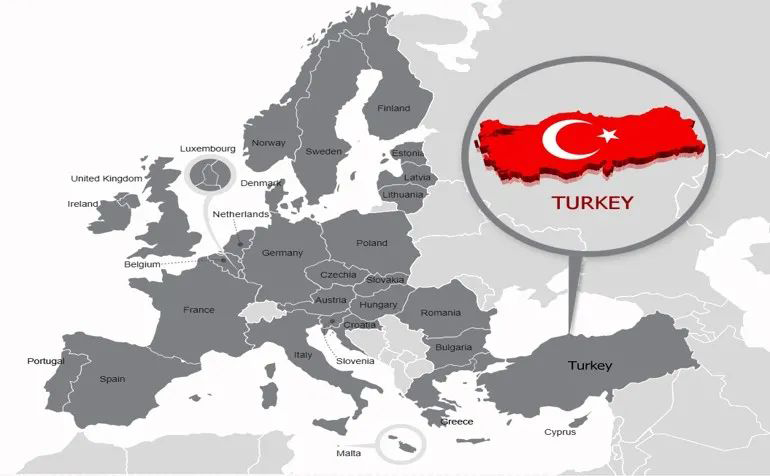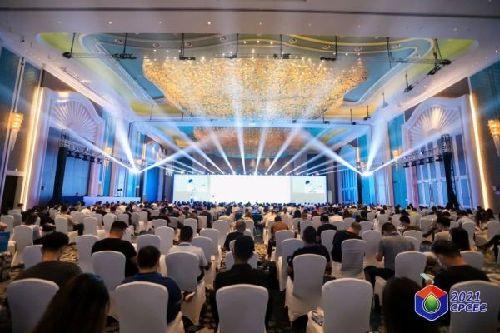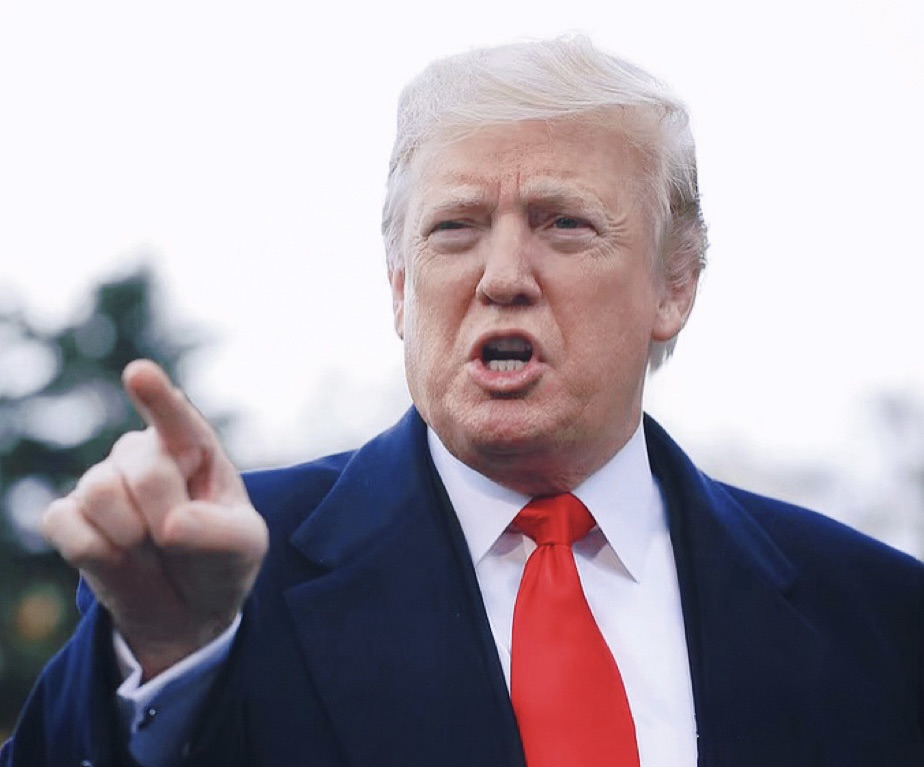
How Chinese Apparel is "Pivoting" to Europe Amid Tariff Challenges: How Can Businesses Seize China-EU Trade Opportunities?
“Amid US tariff hikes, Chinese apparel exports are pivoting significantly towards the EU, driving a sharp increase in trade volumes. This shift intensifies competition for European producers while helping ease inflationary pressures in the region. For long-term success, Chinese companies are advised to integrate proactively into European supply chains, exceed sustainability standards, and engage in industry dialogue to transform this opportunity into a lasting competitive advantage.”
A recent report by the Financial Times indicates a surge in Chinese textile exports to the European Union, which European textile industry bodies attribute to manufacturers redirecting goods to Europe due to the impact of high US tariffs.
According to data provided to the Financial Times by the European Apparel and Textile Confederation, in the first half of 2025, EU imports of apparel and textiles from China increased by 20% in both value and volume compared to the same period last year. The majority of this value growth came from an increase in apparel imports worth approximately €2 billion.
I. Strategic Shift by Chinese Companies: Europe Emerges as a Key Alternative Export Destination
Facing trade barriers for exports to the US, Chinese apparel companies are proactively adjusting their market strategies, positioning Europe as a crucial alternative export destination. This represents a significant shift in global trade flows.
"We are talking about this tariff war, we see Chinese exports to the US going down," said Mário Jorge Machado, President of the European Apparel and Textile Confederation. "We see a big part of that coming to Europe, but it's also related to the decrease in the price of our imports."
"Chinese companies, because they cannot sell in the US, are selling in Europe in a very aggressive way."
The ripple effects of US tariffs, combined with slow EU progress on curbing the number of parcels from online sellers like Temu and Shein flooding the region, have contributed to this situation. The European Commission has proposed abolishing the €150 duty-free threshold (below which parcels can enter the EU tax-free) and applying a uniform €2 fee for parcels valued under €150. Member states must agree on the change before it can become law.
The US scrapped its own de minimis system for low-value goods in August. Parcels shipped to the US now face a minimum charge of at least $80.
II. Intensified Competition for European Export Products
Meanwhile, EU exports to China fell 19% in value, due to competitive pressures and the depreciation of the Renminbi against the Euro.
The president of French lingerie company Le Slip Français stated that the company is in "direct competition" with imports from Asia and is spending extra to communicate to consumers that "buying our products helps accelerate job growth in the French textile industry" to persuade them to buy French products.
Policymakers have been highly alert to signs of Chinese goods "dumping" in the EU, which could dampen inflation. Europe has also been hit by a surge in diverted steel imports due to the US tariffs.
The US administration's tariff regime has caused significant disruption to long-established supply chains, particularly from China, as Chinese companies use Europe as an outlet for their products instead of shipping them to the US. The additional tariffs on China imposed since Donald Trump took office currently stand at 30%, following extensive negotiations between the two sides.
This has made it more competitive for European companies facing imports from China, while they also grapple with heavy administrative burdens and higher energy costs than most other markets.
Like much of EU industry, textile companies are also struggling with higher tariff rates for selling into the US. Prior to the July EU-US trade deal, which set a standard tariff rate of 15% for most products, tariffs for most apparel and textile products were below 15%. Only 11% of textile product lines had tariffs exceeding 15%, according to Euratex.
III. Multi-faceted Impact of the Redirection of Chinese Apparel Exports to Europe
From the perspective of bilateral trade, the European market is absorbing the redirected demand for Chinese apparel exports, leading to rapid growth in trade volume. Data from the China Chamber of Commerce for Import and Export of Textiles shows that in the first half of 2025, China's textile and apparel exports to the EU reached $19.99 billion, with exports of knitted and woven garments amounting to $11.84 billion, an increase of 11% compared to the same period in 2024.
Regarding the impact on European inflation, Chinese apparel exports are injecting ample supply into the European market, effectively alleviating price pressures. It is expected that, supported by factors such as stabilizing energy prices and increased goods supply, Eurozone inflation could remain within the central bank's 2% target range in 2025 and 2026.
The growth of Chinese apparel exports to the EU may present opportunities for China-EU cooperation. Firstly, the diversification of traded goods further enhances the complementary nature of China-EU economic and trade relations. Previously dominated by electronics, mechanical equipment, etc., the expansion of apparel exports diversifies China's export structure to Europe, while simultaneously meeting European consumers' demand for high-value, affordable clothing products, creating a win-win situation. Secondly, the deepening of industrial and supply chain links lays the foundation for upgraded cooperation. The presence of Chinese apparel companies in the European market facilitates connections between upstream and downstream industries (like fabrics, accessories) and local European logistics and distribution systems, forming a tighter industrial collaboration network. Finally, as Europe accelerates its green transition, Chinese apparel companies can align with European environmental standards, enhance the green attributes of their products, and promote technical exchanges and cooperation in areas such as sustainable textile materials and low-carbon production technologies, thereby aiding their own green transformation.
In the long term, to address European concerns about trade diversion effects, it is recommended that companies focus on three areas: proactively establishing complementary cooperation with European industrial chains to mitigate competitive pressure; winning market trust through sustainability practices that exceed standards; and participating in rule-making through industry dialogue. The core lies in transitioning from passive exporting to active integration, transforming the current trade opportunities into long-term competitive advantages within the European market.













